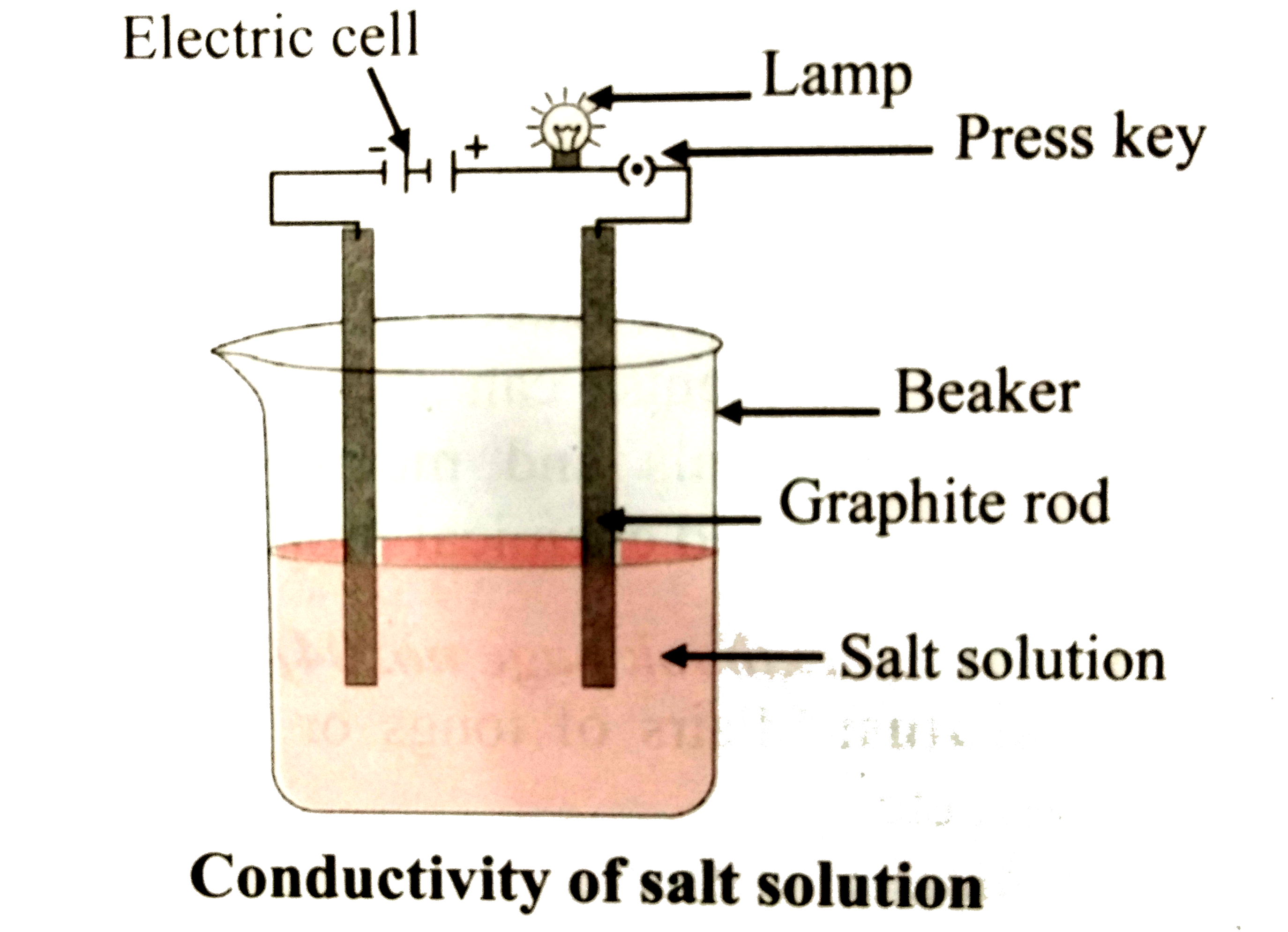Apparatus: Beakers.
Chemicals: Samples of various metals , water.
Procedure: Drop a piece of each of the metal in separate beakers filled with cold water.
Prepare a table with reference to the above procedure and note your observations in it.
Reaction of metals with water:

Topper's Solved these Questions
- METALLURGYBOOK - TARGET PUBLICATIONCHAPTER - METALLURGYEXERCISE - CHAPTER ASSESSMENT
12 Videos
- METALLURGYBOOK - TARGET PUBLICATIONCHAPTER - METALLURGYEXERCISE - QUESTION BASED ON PARAGRAPH
5 Videos
- CHEMICAL REACTIONS AND EQUATIONSBOOK - TARGET PUBLICATIONCHAPTER - CHEMICAL REACTIONS AND EQUATIONSEXERCISE - Chapter Assessment
31 Videos
- PERIODIC CLASSIFICATION OF ELEMENTS BOOK - TARGET PUBLICATIONCHAPTER - PERIODIC CLASSIFICATION OF ELEMENTS EXERCISE - Chapter Assessment
16 Videos
Similar Questions
Apparatus: Beakers.
Chemicals: Samples of various metals , water.
Procedure: Drop a piece of each of the metal in separate beakers filled with cold water.
Which metal reacts with water?
View SolutionApparatus: Beakers.
Chemicals: Samples of various metals , water.
Procedure: Drop a piece of each of the metal in separate beakers filled with cold water.
Which metal floats on water? Why?
View SolutionDrop a piece of following metals in separate beakers filled with cold water. (Metals: Na,K,Ca,Mg,Al,Au,Ag)
(c) Prepare a table with reference to the abouve procedure and note your ovservation in it.
View SolutionDrop a piece of following metals in separate beakers filled with cold water. (Metals: Na,K,Ca,Mg,Al,Au,Ag)
(a) Which metal reacts with water?
View SolutionDrop a piece of following metals in separate beakers filled with cold water. (Metals: Na,K,Ca,Mg,Al,Au,Ag)
(b) Which metal floats on water? Why?
View SolutionReactions of metals with water
Apparatus : Beakers
Chemicals : Samples of various metals (Important notice : Sodium metal should not be taken), water
(Note :Use sodium carefully, in presence of teacher)
Procedure : Drop a piece of each of the metal in separate beakers filled with cold water.
Which metal floats on water? Why?
(##NVT_SCI_TECH_DIG_X_P1_C08_E14_005_Q01##)
View SolutionApparatus: Metal spatula, burner, carbon electrodes, beaker, cell, lamp, press key, electrical wires, etc.
Chemicals: Samples of sodium chloride, potassium iodide and barium chloride, water.
Procedure: Observe the above samples. Place sample of one of the above salts on the spatula and heat it on the flame of the burner. Repeat the procedure using the other salts. As shown in the figure, assemble an electrolytic cell.

Assemble an electrolytic cell by using a beaker and connecting the carbon electrodes to the positive and negative terminal of the cell. Dip the electrodes in solution of any one of the salts. Do you see the lamp glowing? Check this with all the other salts as well.
View SolutionApparatus: Pairs of tongs or spatula, knife, burner, etc.
Chemicals: Samples of aluminium, copper, iron, lead, magnesium, zinc and sodium.
Procedure: Hold the sample of each of the above metals at the top of the flame of a burner with the help of a pair of tongs, or a spatula

What is the colour of the flame while the metal is burning on the flame?
View SolutionApparatus: Pairs of tongs or spatula, knife, burner, etc.
Chemicals: Samples of aluminium, copper, iron, lead, magnesium, zinc and sodium.
Procedure: Hold the sample of each of the above metals at the top of the flame of a burner with the help of a pair of tongs, or a spatula

How does the surface of a metal appear on catching fire?
View SolutionApparatus: Pairs of tongs or spatula, knife, burner, etc.
Chemicals: Samples of aluminium, copper, iron, lead, magnesium, zinc and sodium.
Procedure: Hold the sample of each of the above metals at the top of the flame of a burner with the help of a pair of tongs, or a spatula

Which metal catches fire readily?
View Solution
